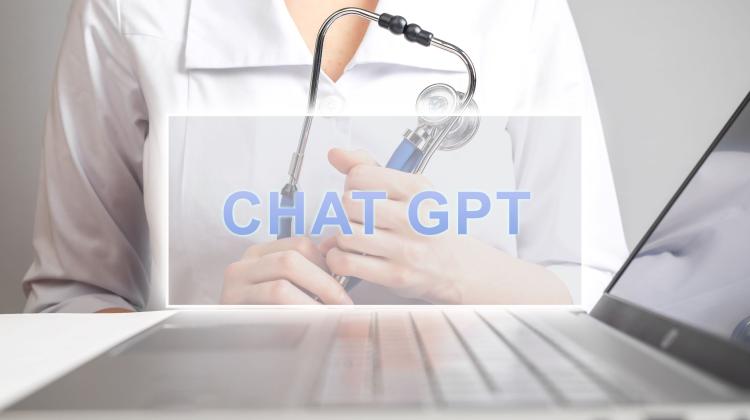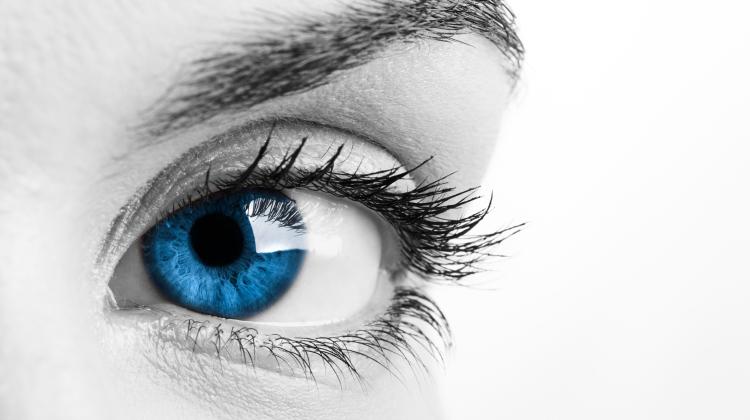Blind mice get vision restored with next-gen gene therapy
 Photo: Adobe Stock
Photo: Adobe Stock
Mice suffering from inherited retinal disease have had their vision restored thanks to next-gen gene therapy.
Inherited retinal diseases (IRDs) are a group of diseases leading to blindness, caused by mutations in over 250 different genes for which there was no known treatment
Now researchers have improved the CRISPR/Cas9 method to modify the genome in precisely selected places.
The improved CRISPR allowed scientists at the University of California, Irvine, to restore the proper functioning of the retina in mice suffering from IRD.
Lead author of the research, Dr. Susie Suh said: “As an alternative to gene augmentation therapy, we applied a new generation of CRISPR technology.”
Co-author Dr. Krzysztof Palczewski, a professor in the Gavin Herbert Eye Institute, Department of Ophthalmology at the UCI School of Medicine added: “In this proof-of-concept study, we provide evidence of the clinical potential of base editors for the correction of mutations causing inherited retinal diseases and for restoring visual function.
“Our results demonstrate the most successful rescue of blindness to date using genome editing.
“After receiving treatment, the mice in our study could discriminate visual changes in terms of direction, size, contrast and spatial and temporal frequency.
“These results are extremely encouraging and represent a major advance towards the development of treatments for inherited retinal diseases.”
According to the authors, a number of other inherited eye diseases caused by various gene mutations could also be treated in a similar way.
Using an LCA mouse model with a clinically relevant pathogenic mutation in the Rpe65 gene, the UCI team successfully demonstrated the therapeutic potential of base editing for the treatment of LCA, and thus also other inherited blinding diseases.
Base editing treatment restored retinal and visual function in LCA mice to near-normal levels. This indicates that the new method could provide an alternative treatment model to the existing FDA approved therapy.
PAP - Science in Poland, Paweł Wernicki
pmw/ ekr/ kap/
tr. RL
Przed dodaniem komentarza prosimy o zapoznanie z Regulaminem forum serwisu Nauka w Polsce.

















